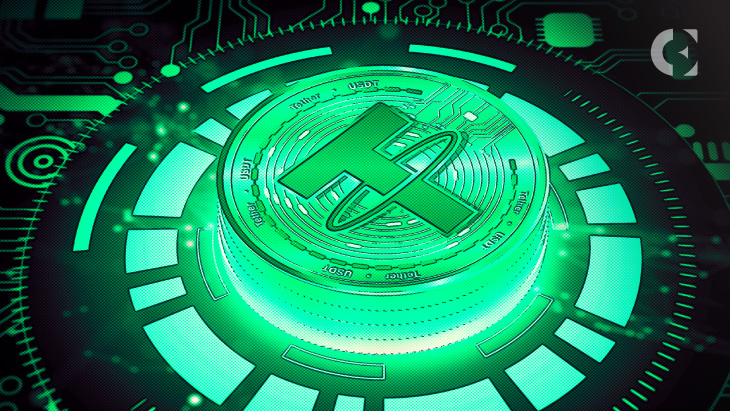- USDT trades at a 4-5% premium in India, providing more rupees per dollar for remittances.
- $1,000 sent via USDT fetches ₹93,150 compared to ₹88,600 through banks.
- Market estimates suggest 3-4% of remittances have shifted from banks to stablecoins.
A change is happening in how some Indians working abroad send money home. For approximately two months, a small portion of funds remitted by overseas workers has been arriving as stablecoin instead of through traditional bank transfers.
USDT trades at a 4-5% premium in India, making crypto remittances more valuable than bank transfers. While USDT serves as a dollar proxy, its price hovers around ₹93 in India compared with the current INR-USD exchange rate of ₹88.6 per dollar.
Premium creates arbitrage opportunity
This creates a financial advantage for remittance senders. $1,000 sent by a worker from UAE or U.S. through regular banking channels converts into ₹88,600. However, USDT purchased in Dubai or New Jersey and sold in India would fetch ₹93,150 based on recent USDT pricing of ₹93.15 per coin.
An overseas worker visiting a money changer’s office may not understand the arbitrage opportunity. Instead of transferring money to a bank, the operator buys USDT and moves tokens to a counterpart’s wallet in India.
The recipient may sell coins in a peer-to-peer transaction, with crypto buyers and sellers connecting on Telegram or unregulated platforms, escaping the 1% tax deducted at source. Alternatively, the recipient may sell on a local exchange, pay TDS, and still retain extra money split with customers.
Money changers earn additional fees while customers send more money to families. Transactions are quicker and cheaper than banks, though operating outside formal channels. Several money transfer firms have informally discussed the matter with Reserve Bank of India officials. Market estimates indicate approximately 3-4% of remittances have moved from banks to stablecoins.
Regulatory framework remains unclear
“Money transmitters in a few jurisdictions are now allowed to handle remittance in fiat currency as well as in cryptos, including stablecoins,” said Purushottam Anand, advocate and founder of Crypto Legal. “For example, a company having a Money Transmission License in the U.S. can accept USD, convert it into stablecoin and send it to the digital wallet of the beneficiary in India.”
These remain early days and flows are not large enough to concern banks substantially. Rising demand for USDT in India may have triggered this trend, according to crypto industry sources.
Use of USDT to hedge against crypto volatility has increased. Traders sell other cryptocurrencies and use proceeds to buy stablecoins. Betting on real money games on offshore platforms has also increased stablecoin demand. This has sustained the premium, creating a market for USDT arriving from abroad.
Related: India, Not The US, Is The Retail Engine For 2025 Crypto, New Data Shows
Disclaimer: The information presented in this article is for informational and educational purposes only. The article does not constitute financial advice or advice of any kind. Coin Edition is not responsible for any losses incurred as a result of the utilization of content, products, or services mentioned. Readers are advised to exercise caution before taking any action related to the company.







